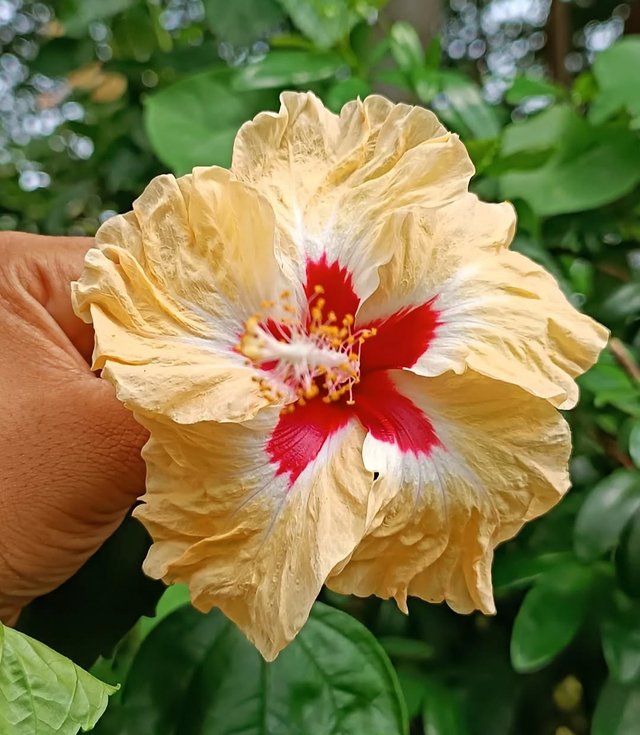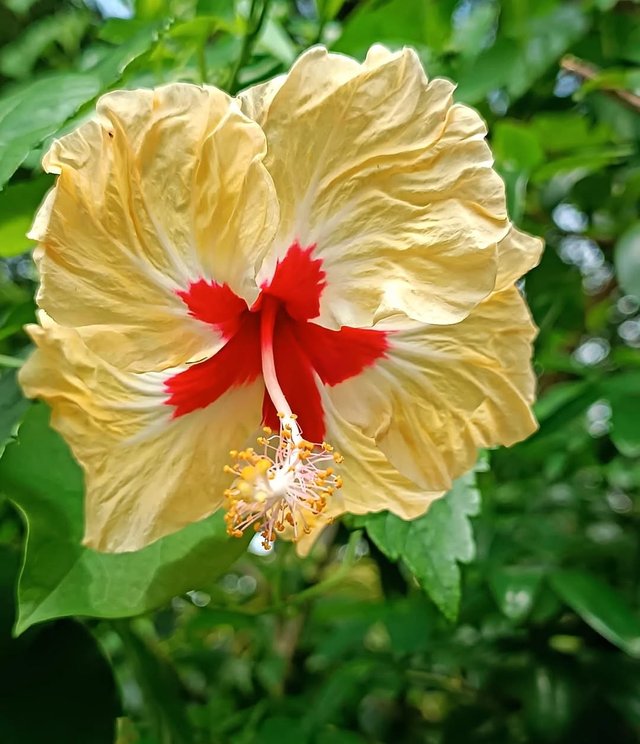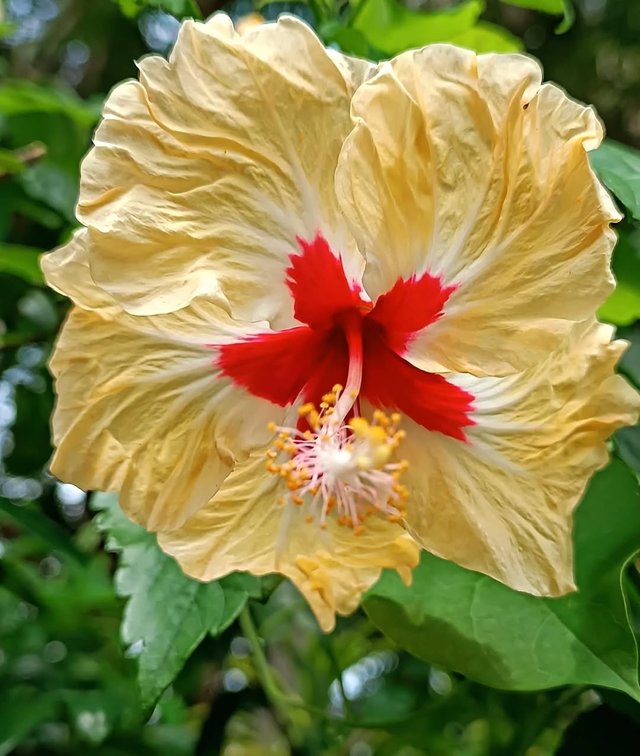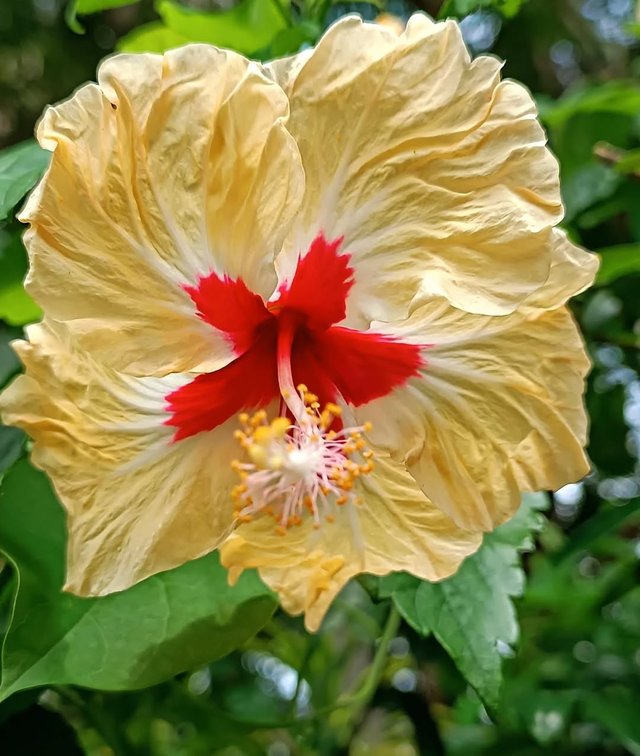Hibisceae So Amazing Flower
Hibisceae: A Diverse Tribe of Flowering Plants
The tribe Hibisceae belongs to the family Malvaceae, one of the most recognized and economically important families of flowering plants. This group includes many ornamental, medicinal, and agriculturally valuable species, with the hibiscus being its most famous representative. Known for their striking flowers, rapid growth, and adaptability, plants within Hibisceae have spread across tropical, subtropical, and warm temperate regions of the world.
Taxonomy and Classification
Kingdom: Plantae
Order: Malvales
Family: Malvaceae
Tribe: Hibisceae
The Hibisceae tribe is taxonomically diverse and includes around 27 genera and 250–300 species, depending on the classification system used. The most prominent and type genus is Hibiscus, which alone contains hundreds of species.
Some well-known genera include:Hibiscus – ornamental species like Hibiscus rosa-sinensis and useful crops like Hibiscus sabdariffa.
Alyogyne – shrubs from Australia often called “native hibiscus.”
Kosteletzkya – marsh-loving plants often found in wetlands.
Abelmoschus – includes Abelmoschus esculentus, the widely cultivated okra.
Wercklea and Pavonia – ornamental shrubs and herbs found in tropical America.
Morphological Features
Members of Hibisceae share several distinctive botanical features:
Habit – They range from small herbs and shrubs to medium-sized trees. Many species are evergreen, though some may be deciduous in drier climates.
Leaves – Alternate, often lobed or toothed, and usually with prominent veins. Stipules are common.
Flowers – The most striking feature of the tribe. Flowers are typically large, showy, and often brightly colored. They are bisexual, actinomorphic, and have five petals.
Calyx and Epicalyx – Most Hibisceae species have a characteristic epicalyx—a whorl of bracts below the calyx, giving the flowers a layered appearance.
Androecium – Stamens are fused into a staminal column surrounding the style, a key characteristic of Malvaceae.
Fruit – Usually a capsule or schizocarp, splitting open to release seeds. Some, like okra, produce edible pods.
Thanks For Reading
Device Information
| Device | Redmi Note 10 Pro |
|---|---|
| Lens | 64 mp |
| Location | Bangladesh |




